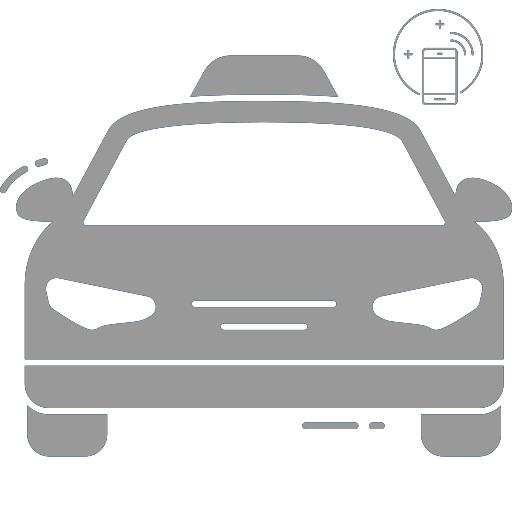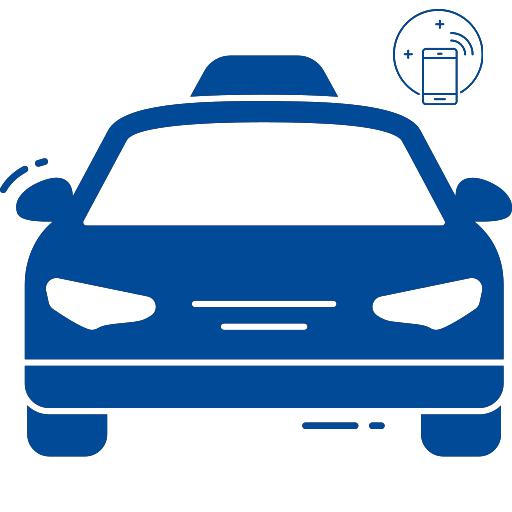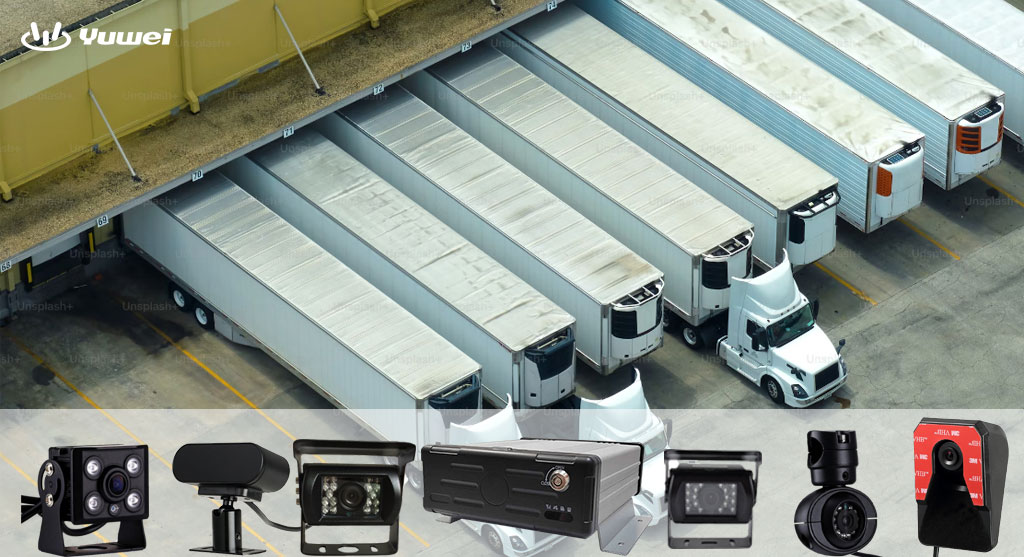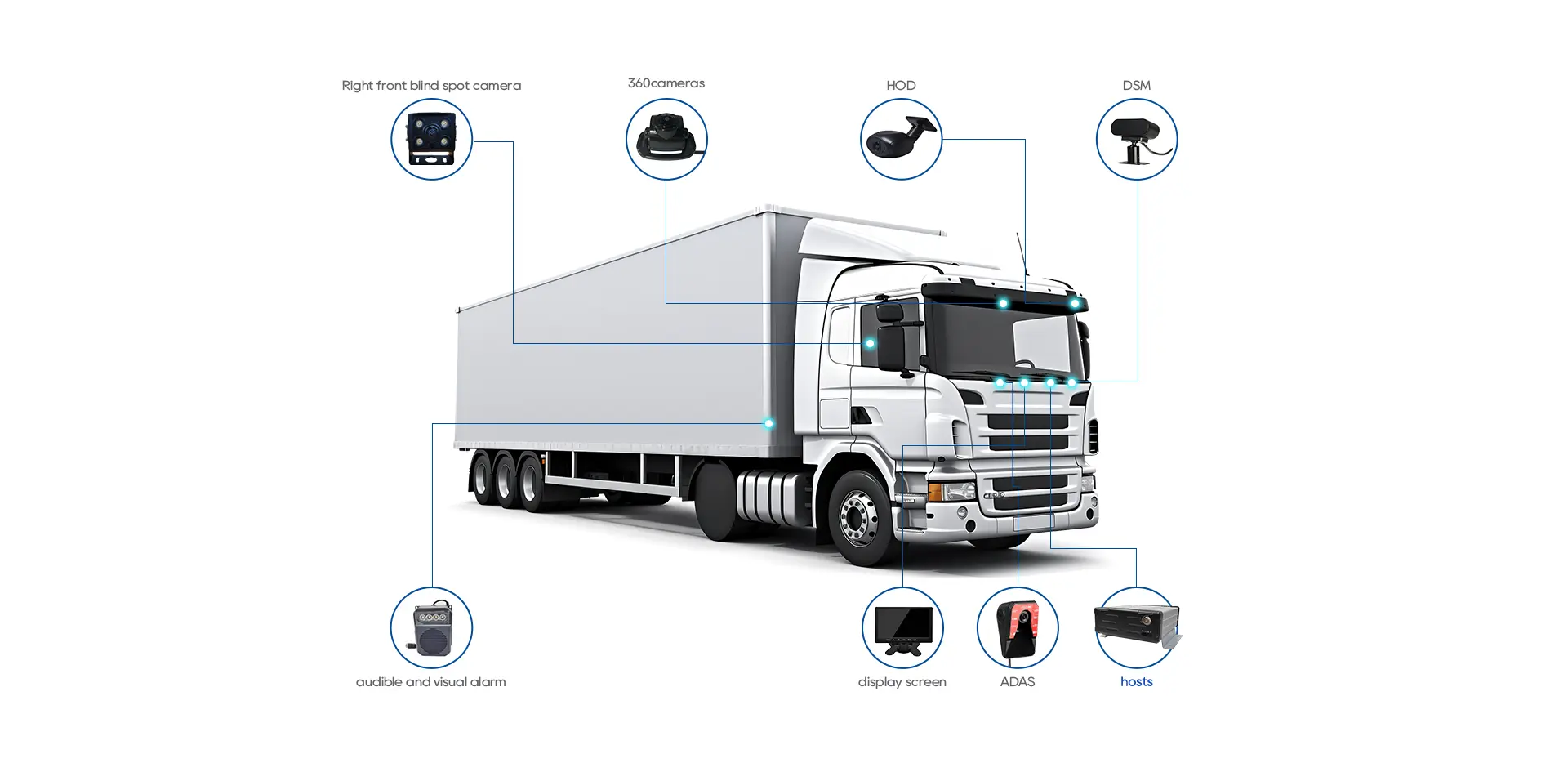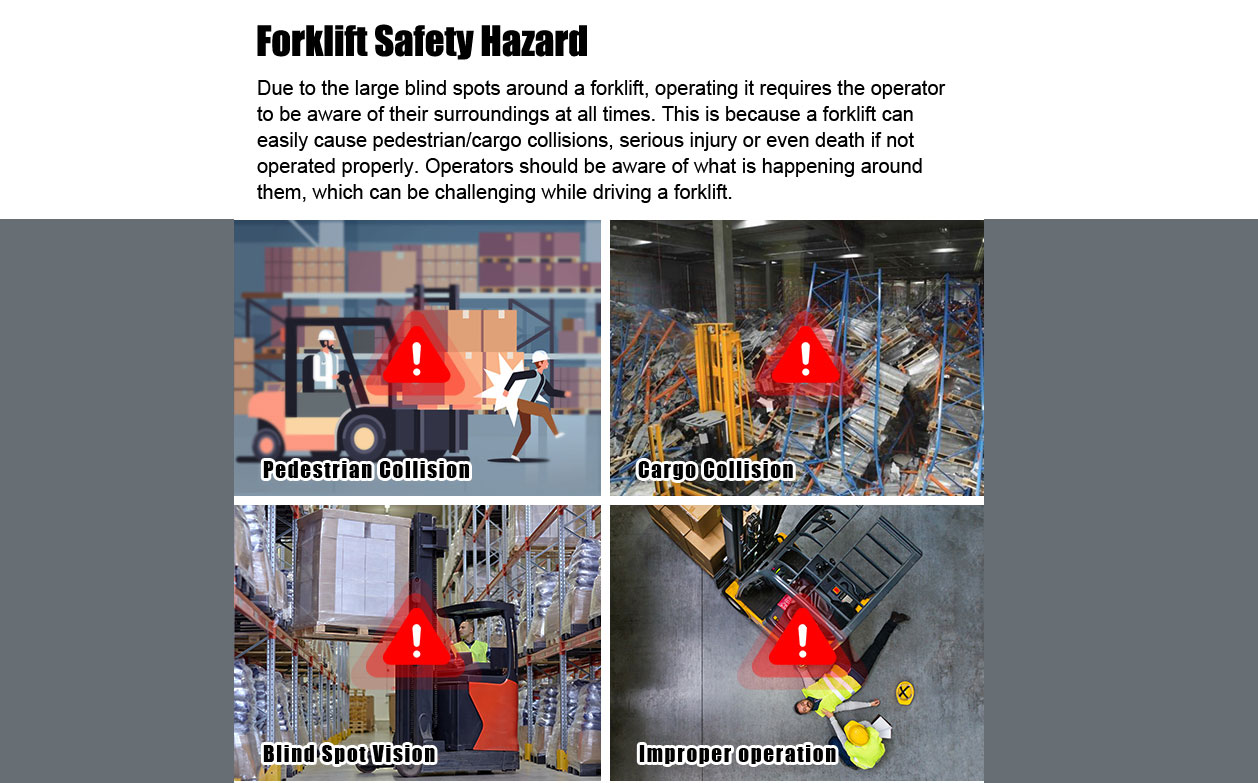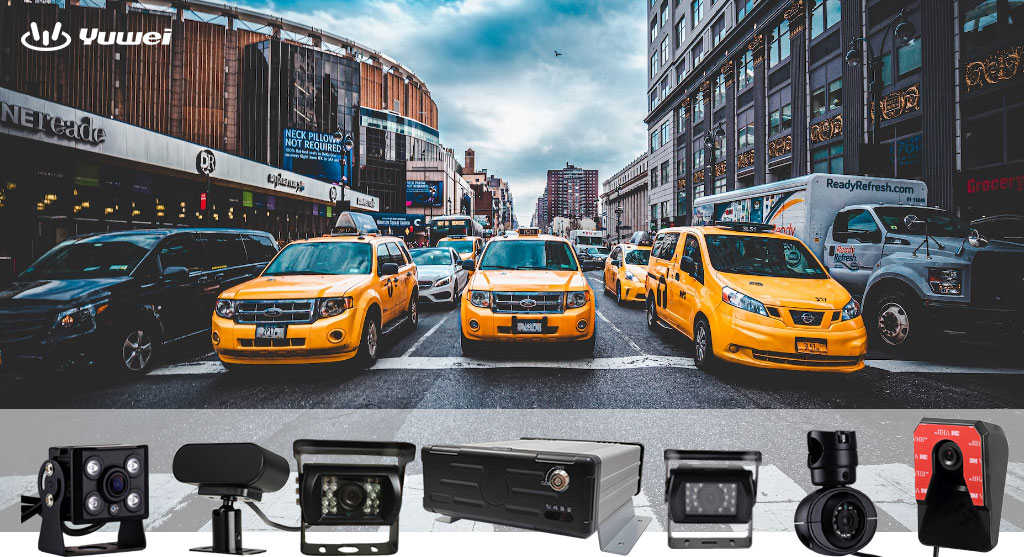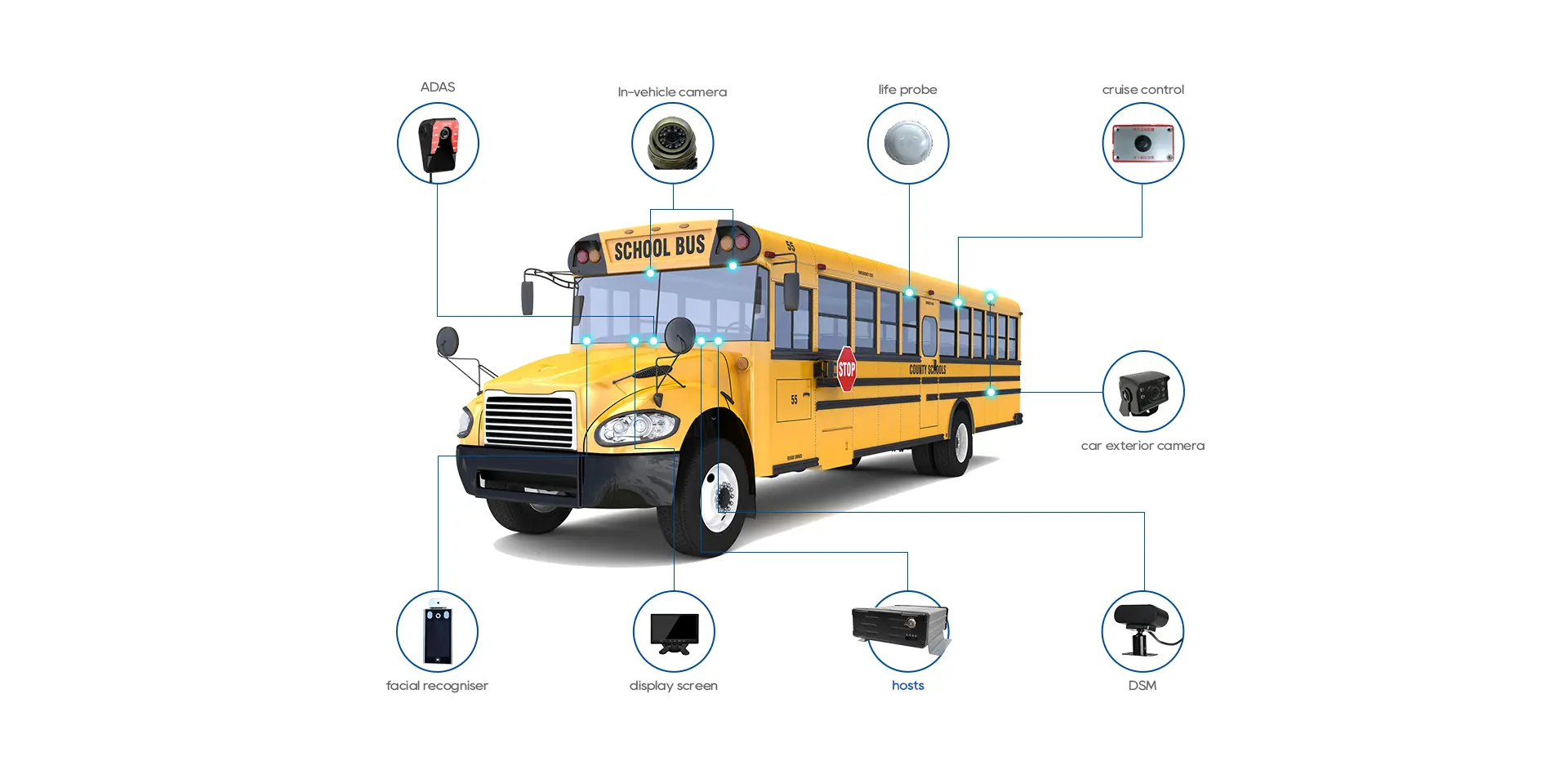1080p Excavator CCTV Camera System
Excavator CCTV Camera System
The excavator CCTV camera system enhances safety with 4G remote information processing monitoring, a 165-degree wide-angle view with no blind spots, and support for pedestrian intrusion alerts.
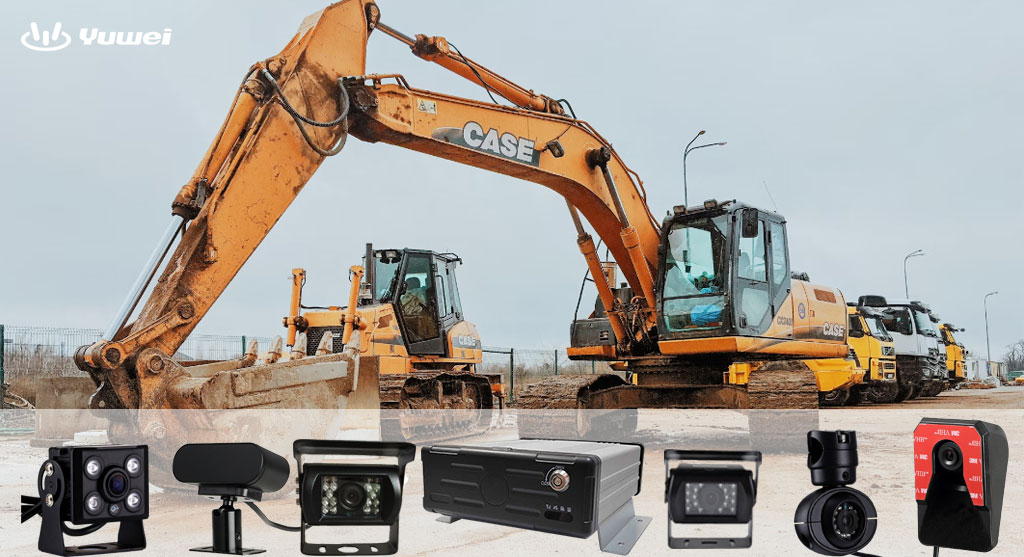
Excavator CCTV Camera System Features
1. Mobile Remote Real-time Alarm Notifications
Receive real-time device alerts on your mobile phone app.
View the surrounding situation, capture images, playback, and download historical footage remotely.
Easy and convenient operation.
2. Fatigue Driving Warning (Auditory Alerts)
Utilizes facial recognition technology to analyze the driver's facial features.
Identifies closed eyes, yawning, leaving the post, using a mobile phone, daydreaming, etc.
3. Centralized Management Cloud Platform for Easy Supervision of Each Excavator in Operation
Real-time GPS/BDS positioning.
1080p real-time video monitoring for each excavator.
Supports mobile app and PC access.
4. Sound and Light Alarm to Alert Pedestrians
Issues sound alerts when pedestrians enter the work area.
5. YUWEI AI Driver Monitoring Features
Equipped with industrial-grade monitoring cameras inside the vehicle cabin.
Various intelligent monitoring functions to prevent safety accidents due to human factors.
Face Recognition Function
Identifies the driver's face through the camera, allowing driving only after identity authentication.
Remote locking function when unauthorized personnel attempt to start the excavator, reducing the risk of theft.
Facial information is uploaded to the cloud when a driver change occurs, ensuring precise accountability.
Driver State Recognition
Recognizes driver fatigue, including closed eyes and yawning.
Identifies driver violations such as not wearing a seatbelt, not wearing a helmet, smoking, talking on the phone, etc.
Issues timely warnings to drivers to prevent accidents.
Cloud-based AI Fleet Management Function
Integrates various functions to address safety issues in most excavators.
Route monitoring, precise vehicle monitoring, electronic fences for accurate entry and exit alerts, intelligent inspection for maintenance, online scheduling for efficient personnel and vehicle management, and data reporting and analysis to reduce operational costs.
The YUWEI industrial-grade AI driver monitoring camera is designed with an IP67 dust and water-resistant reinforced casing, tailored for harsh working environments. Even when installed externally on excavators, it can withstand prolonged vibration and adverse conditions.
It is widely applicable, not limited to excavators; most construction vehicles on the market, such as forklifts, mining trucks, loaders, bulldozers, container front lifting cranes, and more, can benefit from this system.(hello@yuweitek.com)
More:ADAS Camera System for Car | Concrete Mixer truck Camera System | School Bus video Camera System



















